By:
- Christine Clark
- Heather Buschman
Published Date
By:
- Christine Clark
- Heather Buschman
Share This:
A Slice of Student Life
Campus’s largest class of students works toward earning degrees during hybrid of remote and in-person instruction this fall
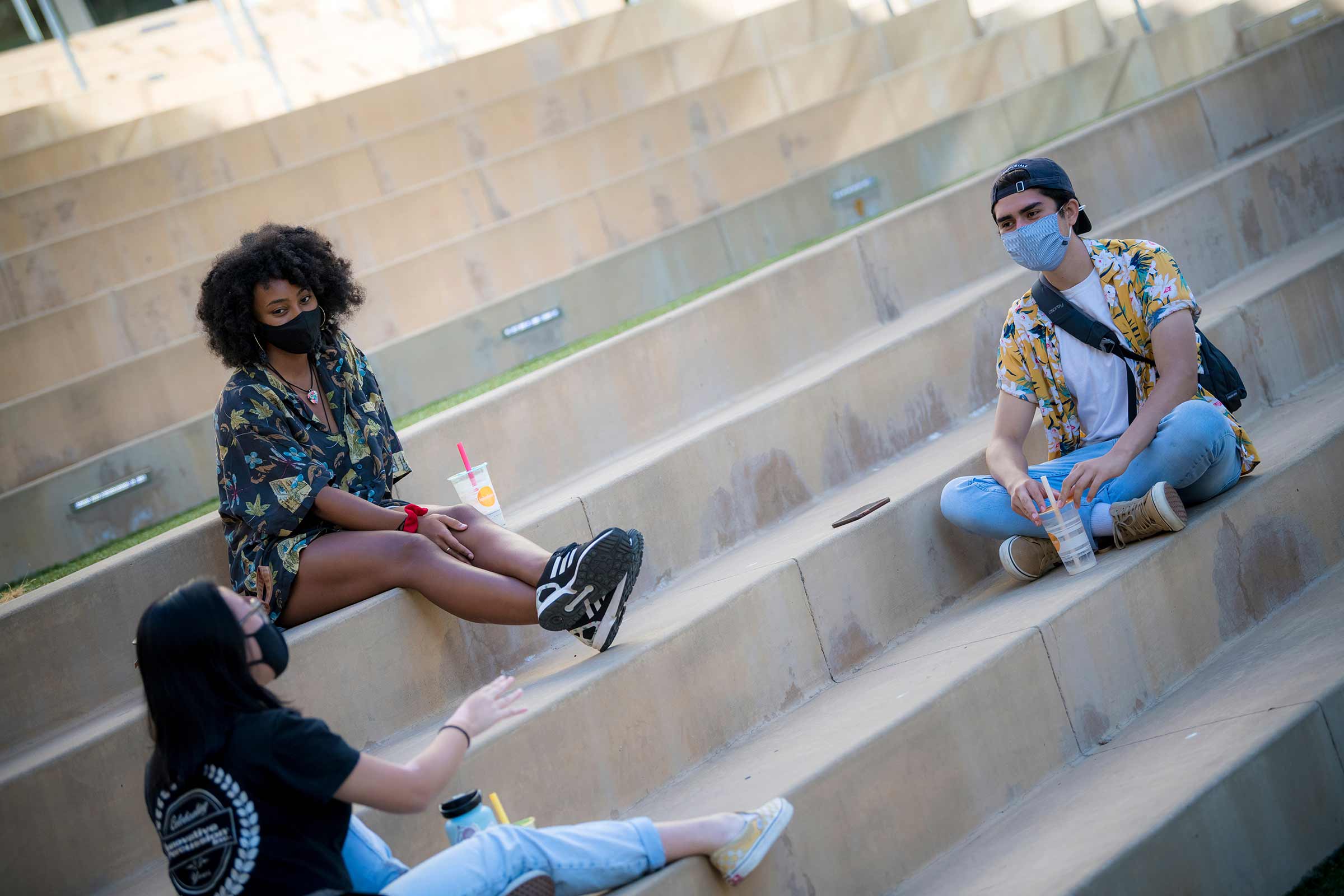
Photo by Erik Jepsen/UC San Diego Communications
They are working as peer mentors to veteran students. They are making friends with their new roommates. Some studying medicine are practicing performing exams on patients. UC San Diego’s record-setting population of more than 40,000 students are working toward their degree this fall with a hybrid of in-person and remote instruction.
Fall instructional plans are centered on an incremental repopulation of campus to allow for effective physical distancing amid the COVID-19 pandemic. The plans also include face covering requirements, regular asymptomatic and symptomatic testing, wastewater monitoring, case isolation, exposure notification and contact tracing.
While the college experience may be different this fall, the campus community is persevering.
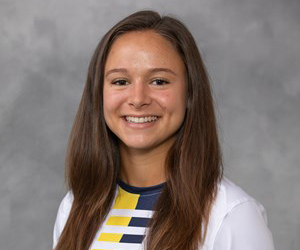
Muir College second-year student Mikaela Celeste.
Overall, UC San Diego has 40,473 students and trainees enrolled, up 840 students compared to fall 2019. And this quarter, some 9,655 undergraduate and graduate students are living on campus including scholar athletes like Muir College second year Mikaela Celeste.
Getting the opportunity to physically be on campus has been a dream come true for Celeste and her teammates on the UC San Diego women’s soccer team. “Everyone is just so happy to be there because we've been waiting more than six months since COVID-19 started. We just want to get back on the field, and we’re so happy just being together—even if it’s six feet apart,” said the communications and psychology major.
Celeste and her teammates practice while maintaining social distancing and wearing masks, but the team is as dedicated as ever to the sport. “To be able to wake up and do what we love to do, and be a part of something that is bigger than just you is such a valuable experience,” she added. “There is a discipline to avoid risk of exposure whether we’re on or off the field. My teammates are like my family, so this has been a real learning experience on how to be accountable, taking care of ourselves so that we can help the team as a whole.”
Celeste said she’s been impressed with UC San Diego’s response to the pandemic. The campus’s nationally recognized, evidence-based comprehensive Return to Learn program has three adaptive pillars (risk mitigation, viral detection and intervention) that have allowed the university to resume campus activity in the safest way possible.
“This far in the quarter, we continue to see students be so diligent about masking and following public health guidelines,” said Alysson M. Satterlund, Vice Chancellor for Student Affairs. “Students are a critical part to UC San Diego’s Return to Learn plan because their socially responsible behavior is key to the program’s success. We know we ask a lot of our students and we couldn’t be more proud of all they are doing to keep themselves and our community safe.”
A socially responsible scholarly community of 31,842 students—the largest undergraduate class to date
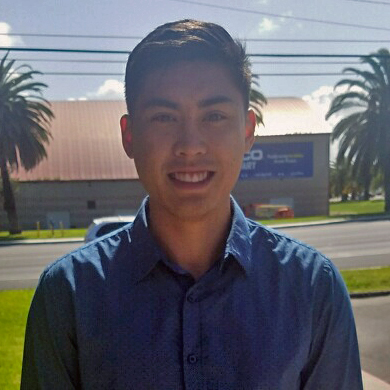
Brandon Mariano, first-year transfer student of Thurgood Marshall College.
Many students, like Brandon Mariano have become accustomed to the frequent COVID-19 testing. In September, the first-year transfer student moved from his parent’s home in Lake Forest to live in Pacific Beach. Though most of his classes are online, the former Marine goes to campus every week to study or do homework and to get his COVID-19 test. “I like the academic environment,” he said.
He’s getting to know other students through his job mentoring fellow veterans virtually at the Student Veteran Resource Center. There, he helps veterans and military-affiliated students with their study habits and also helps them understand the ins-and-outs of how to process military benefits.
“You certainly have to adapt,” said Mariano. “For me, COVID-19 has required me to be focused, organized and efficient. My advice to others has been to get a plan. Having to do most of work and school all online can be challenging, so I recommend students create a schedule for the day, create a structure and a to-do list, so you can stay on top of things and make time to relax.”
As part of his routine, the political science/international relations major starts his busy day of work and school by exploring one of San Diego’s many skate parks early in the mornings. He always has a helmet and face mask in tow. In addition, since last spring he’s practicing playing guitar more.
Mariano is one of UC San Diego’s 3,347 new transfer students who started classes this fall along with 6,646 first-year students, according to preliminary data published in the campus’ recent registration reports. These new and continuing students help make up the university’s largest undergraduate class of 31,842 students.
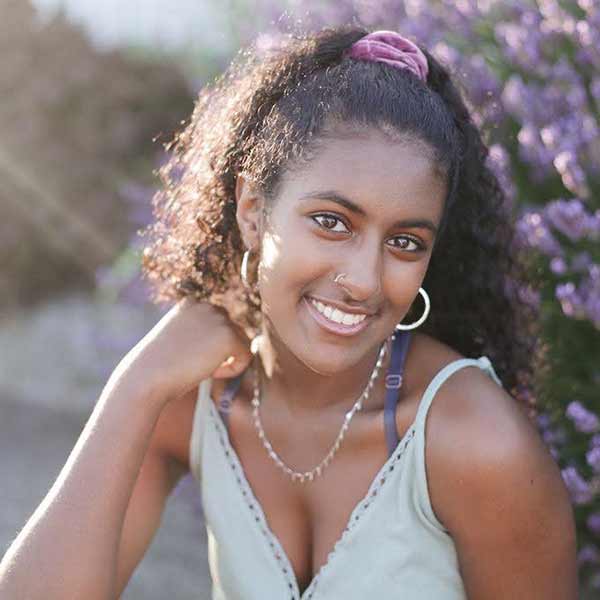
Kalista Martin, first-year Thurgood Marshall College student.
Kalista Martin is among the first-year students adjusting to life on campus. She and her roommates in Thurgood Marshall College housing, like all UC San Diego students, are tested about every other week. The process of being in college together during COVID-19 is bringing them closer together, Martin said.
“It’s been fun having roomies. In other circumstances we may be doing our own things, but this year’s situation is different,” she said. “So, we have planned dinners together. We’ve decorated more and made our unit more like a home since that’s where we spend so much time.”
Martin said she was eager to move on campus. A native of Bellingham, Wash., she always dreamed of going to California for college, which was made possible when she was awarded the Shores Scholarship from UC San Diego. The award benefits non-resident entering first-year students based on financial need and academic merit. “Ever since I was little, I always wanted to live in California. I was attracted to the sun and the people, and UC San Diego is beautiful,” she said. “With the scholarship, the campus seemed like the best fit.”
Martin is majoring in psychology in the Division of Social Sciences. The division offers the most popular majors for undergraduates with 11,775 students studying social sciences, followed by engineering with 6,269 students and biological sciences with 5,551 undergraduates.
Martin chose the discipline because she’s interested in becoming a counselor. She comes from a big family and often gives advice to her siblings. Originally born in Ethiopia, Martin moved to the United States to live with her adopted family when she was about two and half years old. She has seven siblings, many of whom are adopted as well. “I like to help people who have gone through similar instances and provide that stability,” she said. “I like making sure everyone has a stable person in their life.”
A thriving community of graduate and professional school students making an impact
Providing care to others is also central to Haley Moss’s academic pursuits as well. She is part of UC San Diego’s class of 8,631 graduate students. As a second-year medical student, Moss is one of Health Sciences’ 2,171 students pursuing an advanced degree or training in medicine, pharmacy and public health.
Moss and her second-year classmates are learning in “blocks” organized by organ system. At the moment, all of her classes and group projects revolve around the gut and the many conditions that affect it.
Yet at the same time, these medical students can’t quite ignore another disease: COVID-19.
“Medicine can’t stop—we don’t take COVID breaks,” she said. “And if you want to be in medicine, you can’t be afraid of sickness.”
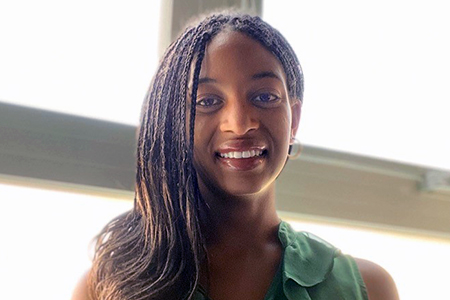
Second-year medical student Hayley Moss.
On the average day, Moss has two hours of pre-recorded lectures to watch from her single apartment in on-campus graduate student housing and two hours of small group work or live remote classes. In the Practice of Medicine course, Moss is learning the “art” of medicine, such as how to take a medical history, perform physical exams, break bad news and how physicians need to care for themselves. Some of the courses can be covered remotely—learning the difference between health insurance types, for example—but not everything.
“You can’t learn how to perform a physical exam or use an ultrasound over Zoom,” Moss said. “We need to be able to be in close contact, and to touch each other, so we’ve been able to do that now while wearing masks, face shields and gloves.”
Likewise, Moss’ problem-based learning group work involves a mix of Zoom and in-person experiences.
Moss’ appreciation for her classmates, the 133 other students that make up the UC San Diego School of Medicine Class of 2023, has also increased. She describes them as resilient and respectful of one another, despite the inevitable differences in comfort levels with COVID-19 risks and precautions. People don’t force their expectations on one another, she said.
“It seems like the opposite of what you see in a lot of other places, especially among people in their 20s,” the San Diego native said. “I really feel like we’re doing it right here, and together we’ll get through this safely.”
An added bonus for Moss and all UC San Diego students is the mild weather the campus has year-round, which make outdoor activities easier to facilitate.
“The good thing about being in San Diego is that there’s always the beach!” Moss said. “As winter approaches, we’re so much luckier than students in many other parts of the country.”
Share This:
Stay in the Know
Keep up with all the latest from UC San Diego. Subscribe to the newsletter today.



